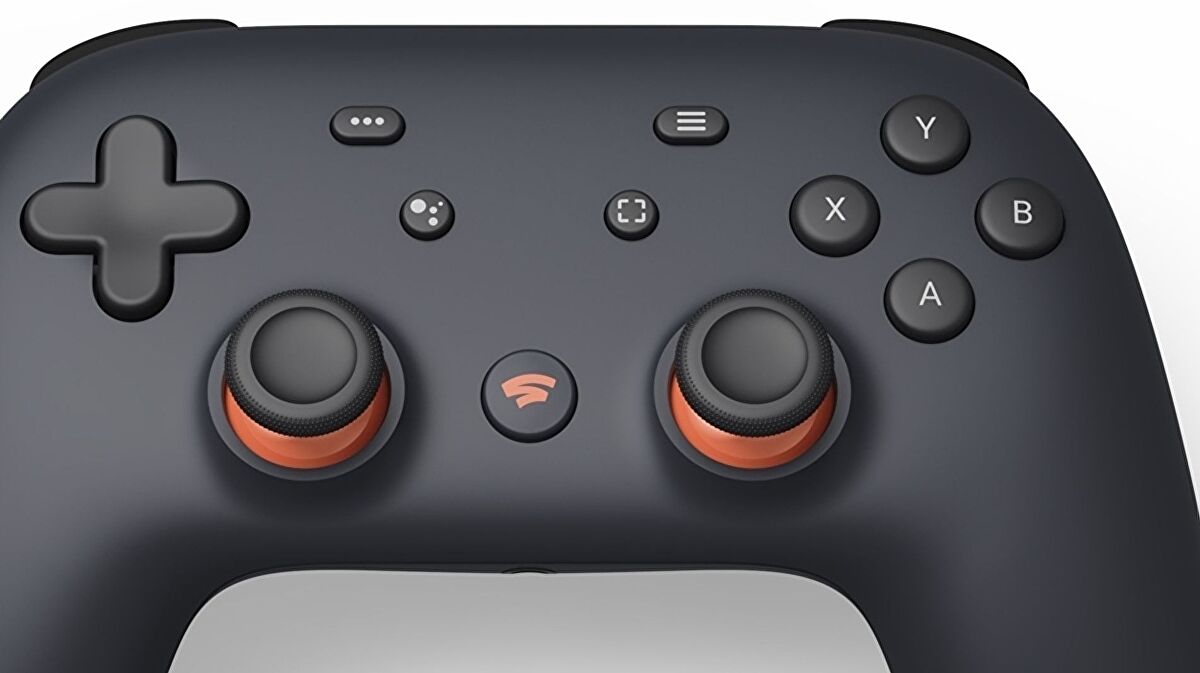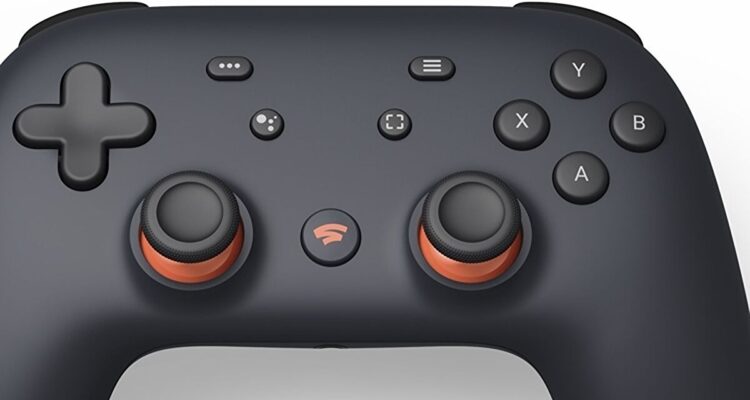
Some console reveals just hit different. I remember queuing around the sun-drenched, weed-stench streets around San Francisco’s Moscone Centre to get into GDC 2019’s big Stadia show, the crazy rumours that spin up in the line for events like these – maybe it was the effect of that heavy smoke in the air, but someone told me Google had paid Sega big money to get a new OutRun as an exclusive, and I was somehow convinced – soon punctured by the bizarre reality.
Outside the hall, in an ominous show of forbearance as well as an example of how ill-conceived some of Google’s ideas were, was assembled some of video game’s most famous failures, with four plinths displaying a Dreamcast, Nintendo’s Powerglove and Atari’s ET with the final display left empty with a simple ‘Coming Soon’ for the soon-to-be-announced Stadia. Amidst all the bluster that would follow, it was the one thing from that event that would ring true.
It’s easy to be cynical about Stadia, and there was plenty of scepticism going around at the time of its reveal. Google’s track record with product launches is spotty at best, with a rich history of big ideas being introduced before being tossed aside out of apparent boredom. The level of investment with Stadia, though, was simply bonkers. Millions was paid out to secure big blockbusters like Assassin’s Creed Odyssey, Red Dead Redemption 2 and Cyberpunk 2077, while exclusives were secured from such talented studios as Q-Games, Splash Damage and Tequila Works. It felt, for a short while, that Google was taking this all very seriously – and how exciting it was to have a genuine new player in the game.





